The BMW Towards Which Marcello Gandini Contributed
Images: Archivio centrale dello Stato/Stile Bertone
Although BMW recreated the Garmisch concept car first shown in 1970 at the Geneva Motor Show (and which subsequently disappeared) as a tribute to Marcello Gandini, who has been credited with defining the BMW design DNA, the Italian designer’s first go at designing a BMW harks back to 1966 to a little-known project.
More than any other German carmaker, BMW has been the one that (during the post-war period) has had the greatest contact with the Italian automotive industry. For its post-WWII recovery, BMW had to resort to making the Isetta bubble-cars under license in Germany and they followed that up by hiring prolific Italian designer Giovanni Michelotti as a consultant who designed the BMW 700 and the Neue Klasse BMW 1600 (1600-2, later 1602).

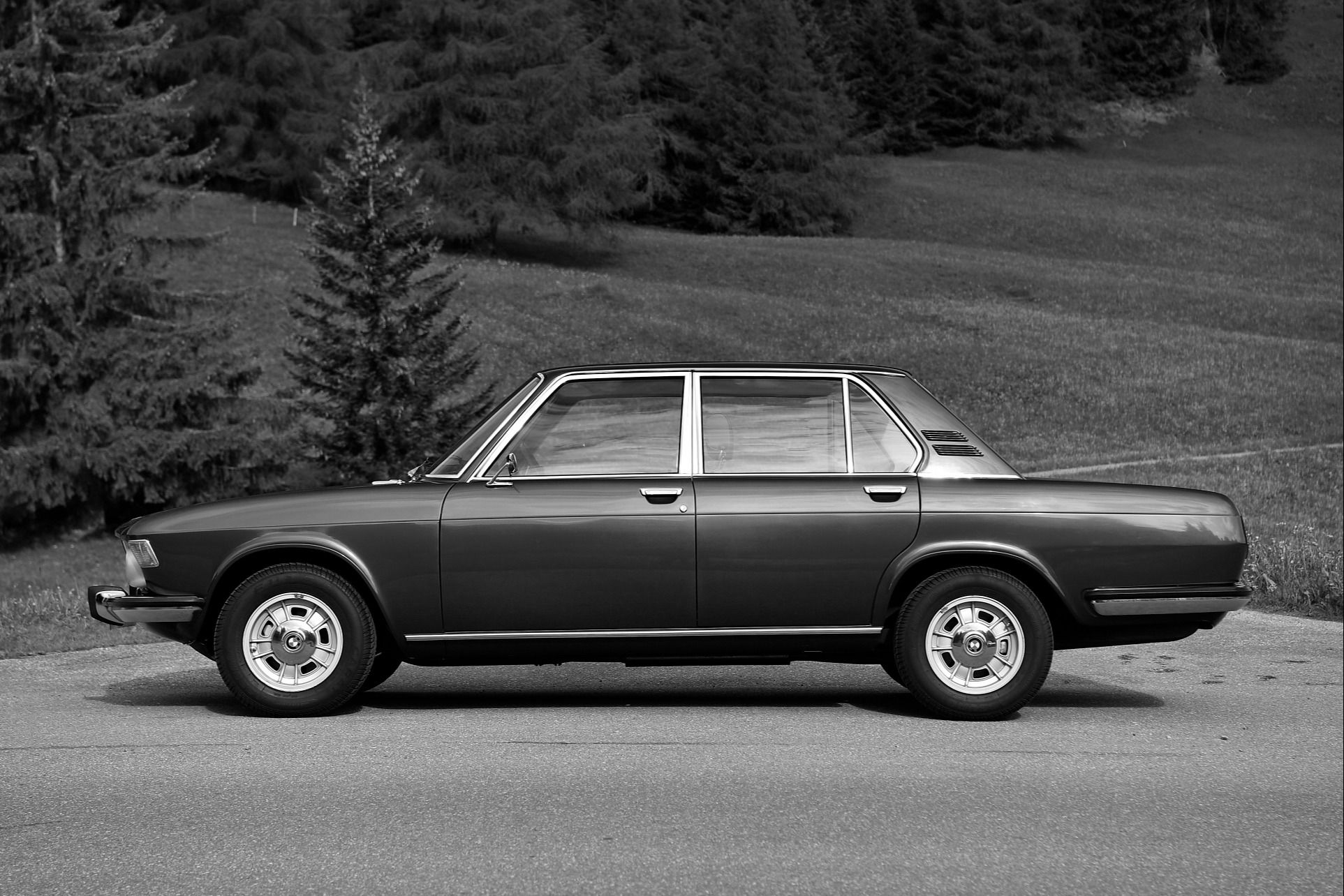
When in the late 1950s, BMW needed to develop a replacement for their flagship sports coupe—the very exclusive V8-engined 503—they turned to Carrozzeria Bertone for both the design and the coachbuilding of the bodies. A very handsome coupe was designed by Giorgetto Giugiaro, and Bertone manufactured and supplied 603 coachbuilt bodies from 1963 to 1965 to BMW, who completed the cars at their facilities in Munich.
Although Wilhelm Hofmeister, the BMW design chief during the 1960s, was credited with the characteristic design of the side window at the C-pillar, the so-called Hofmeister’s kink (in German, Hofmeister’s knick), the first time this design element was seen was in the Bertone-designed 3200 CS. Since then, the Hofmeister’s (or Bertone’s?) kink has been repeated in all BMW cars and remains, even today, one of the important elements of the design of all BMWs.
So, when BMW decided to embark on the design and development of their flagship sedan, the BMW New Six—or internally known as the E3—they decided to get Bertone to propose a design for the car. Thus, the first new project that a 28-year-old Marcello Gandini had to work on, post the pressures of the ‘66 Geneva Motor Show was the big BMW.
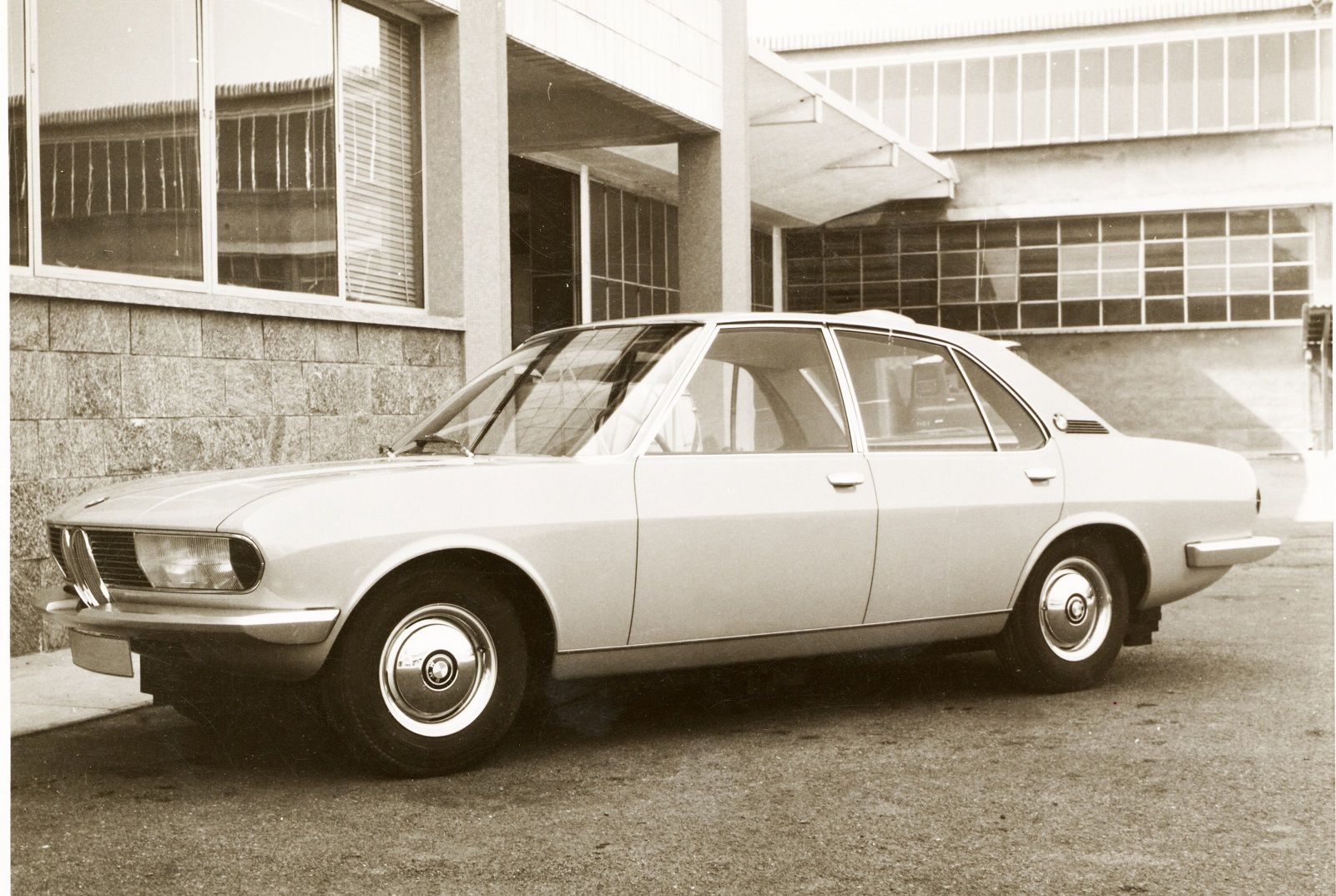
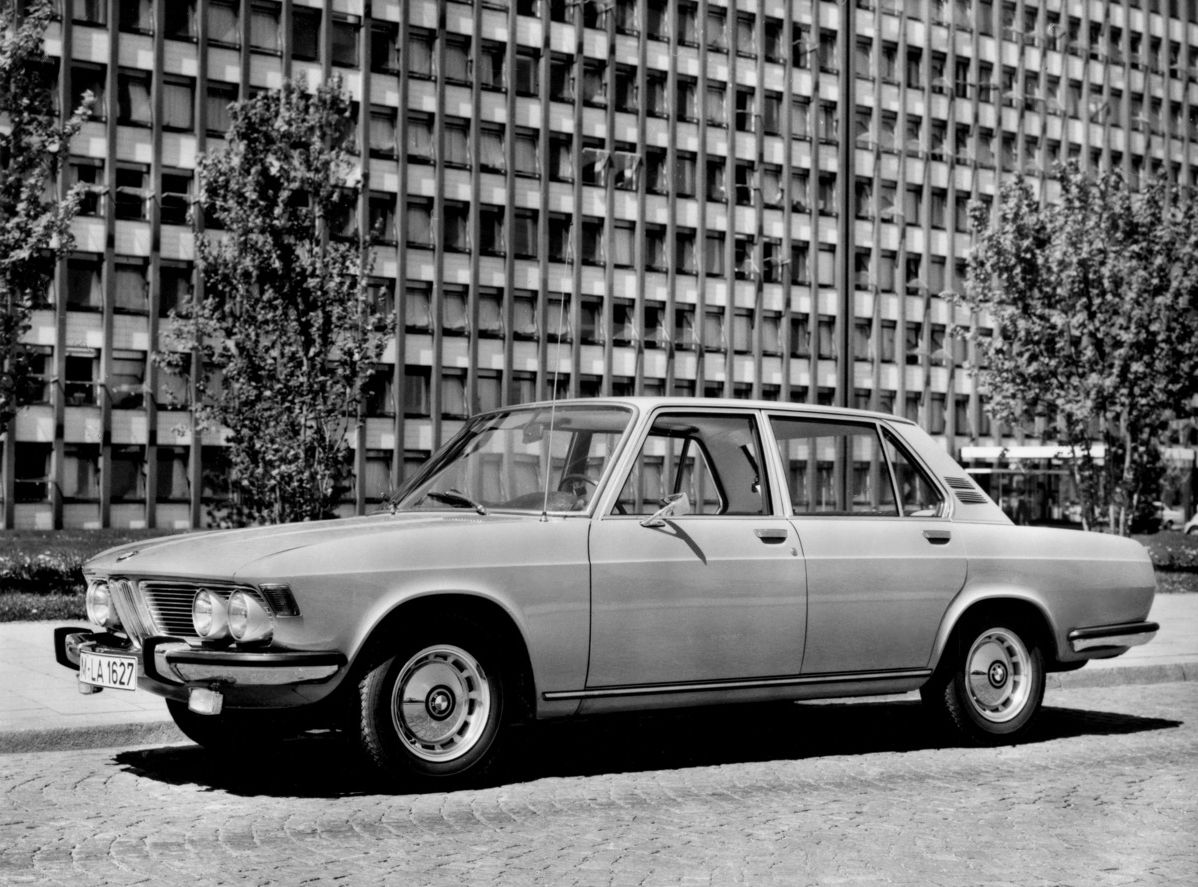
Intended as a rival to Mercedes-Benz’s S-Class, the specifications given to Bertone and Marcello Gandini was of a car that would have a wheelbase of 2550mm (100 inches), with the front track at 1340mm (53 inches) and the rear at 1390mm (55 inches). The car was to be powered by four-cylinder engines of 1.8/2.0-litres.
Gandini readied a full size 1:1 mock-up proposal of a very smart and handsome sedan that featured the typical kidney grille of BMWs, flanked by flush-fitting rectangular headlamps with indicators at the outside edges. The lowish beltline kicked up into a Hofmeister/Bertone kink at the C-pillar, with the boot line a few millimetres higher predicating future trends. Narrow, moulded rear lamps reflected the design at the front, with stainless steel inserts between the lamps and the registration plate.
As would be obvious, several of the ideas and features from the Gandini proposal made it into the production version: up to the B-pillar the production E3 was very similar to the Bertone design, except that the rectangular headlamps were replaced by classical round ones and indicators added on the fender’s edge.
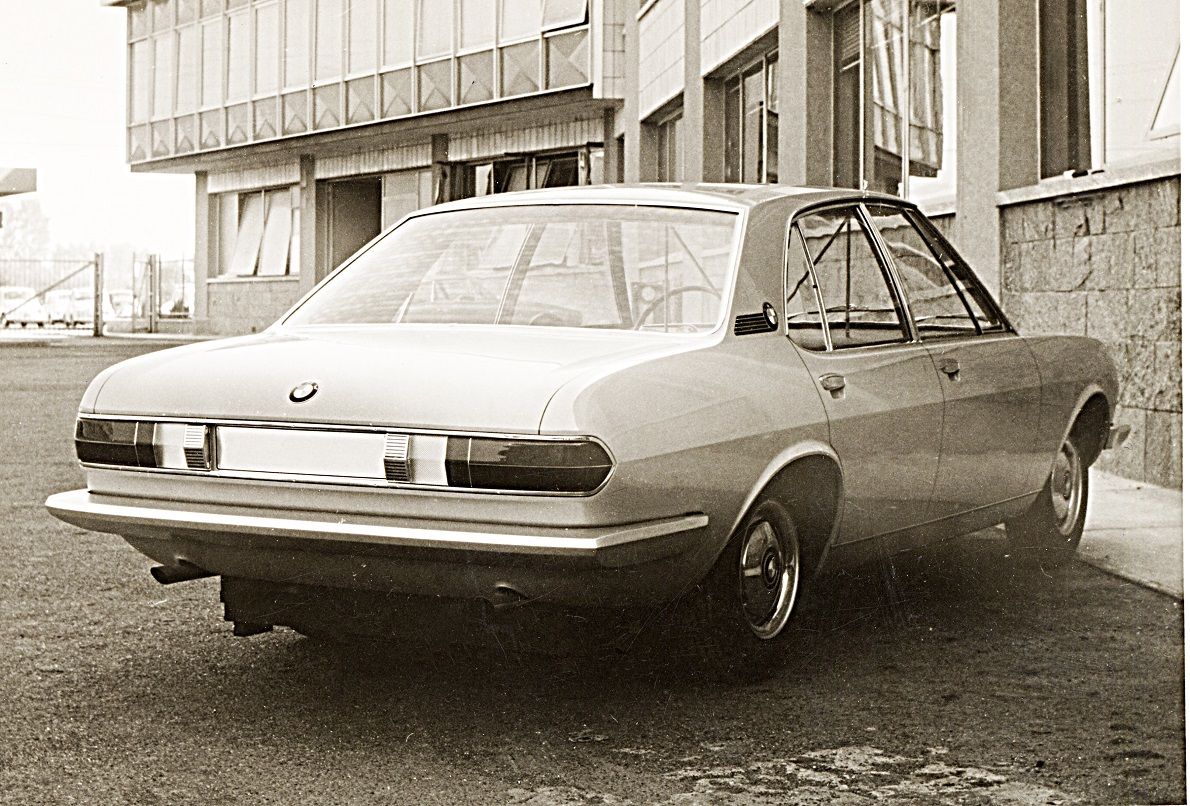
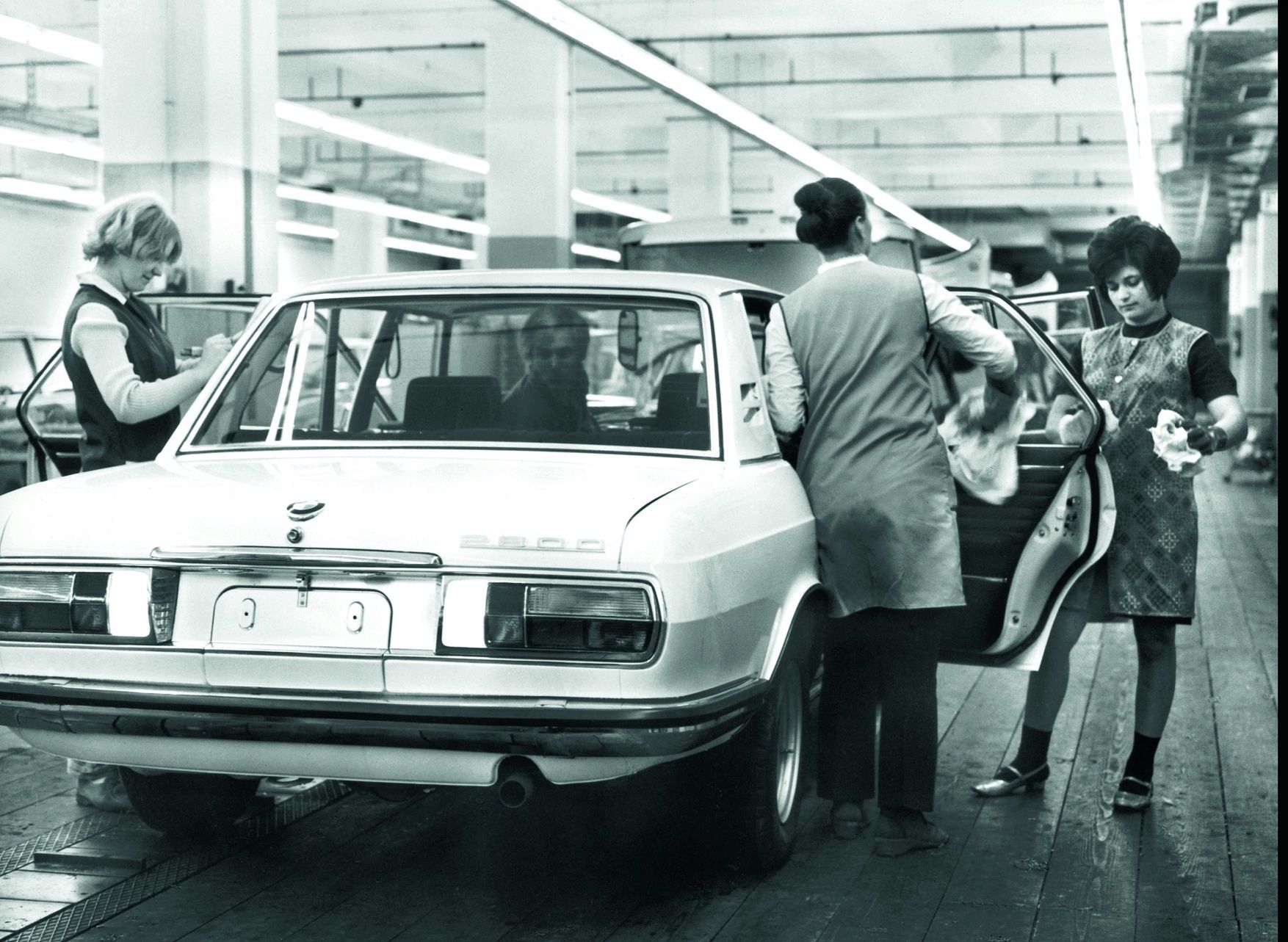
The front windscreen’s rake was also reduced for the production version. BMW also decided to retain the shallow beltline all the way to the rear, the greenhouse sitting atop the body, following conventional thinking.
The design of the lamps at the rear and the stainless-steel inserts between them, and the registration plate was carried over into production too, just that they became a tad larger. Also, for the production version the wheelbase went up to 2690mm (106 inches), the tracks to 1450 (57) and 1460mm (57.5 inches) as the production versions were eventually powered by in-line sixes.
So, if you ever get to see a BMW E3 (which came out as a 2500, a 2800, a 2.8L, a 3.0Si and 3.0L, and 3.3L and 3.3Li), which would be very rare in India, and fairly rare in Europe, do remember that the design was not all Wilhelm Hofmeister—there was quite a bit of Gandini’s influence in it too.
Comments
Sign in or become a deRivaz & Ives member to join the conversation.
Just enter your email below to get a log in link.
